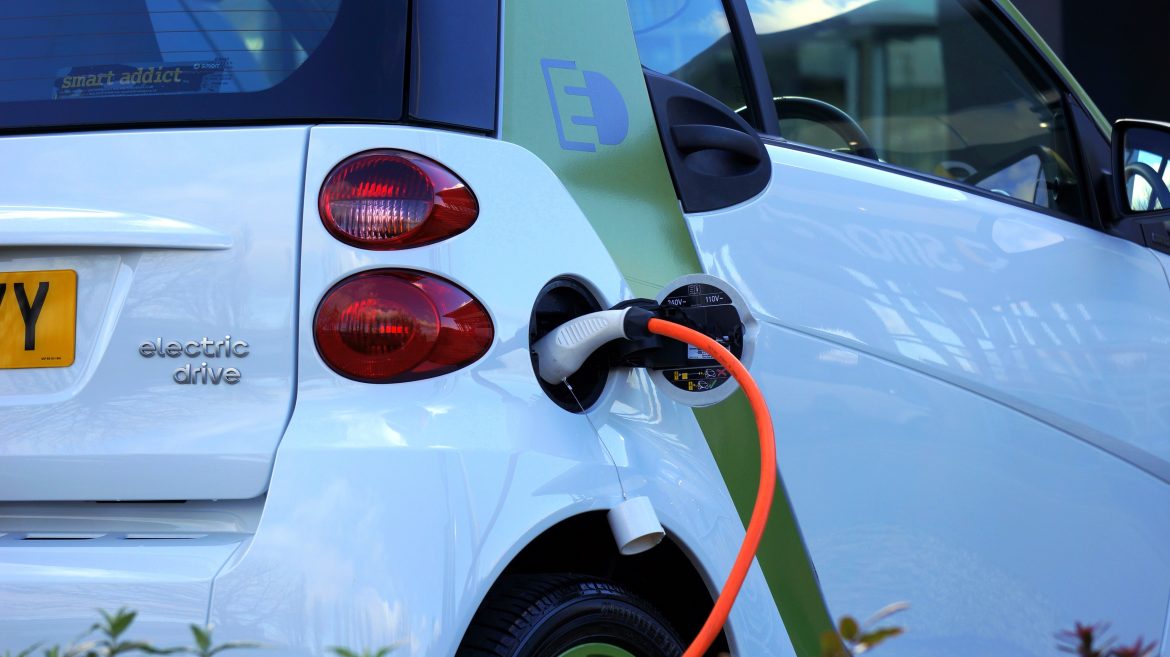The Biden administration has introduced stringent measures to exclude Chinese entities from benefiting from tax credits within the U.S. electric vehicle (EV) supply chain. The move, outlined in the Bipartisan Infrastructure Law and the Inflation Reduction Act, aims to bolster domestic production and reduce reliance on foreign entities of concern (FEOC). The Department of Energy and U.S. Treasury recently defined FEOC, including China, Russia, North Korea, and Iran.
Criteria for exclusion
To determine control by an FEOC, the administration proposes a 25% ownership threshold for companies. These measures are a response to China’s dominant role in the global battery supply chain, mainly through joint ventures with Western partners. The exclusion of Chinese entities could significantly impact critical mineral producers globally.
Timeline for implementation
The proposed rules stipulate that from next year, clean-energy vehicles won’t qualify for subsidies if they contain battery components manufactured or assembled by an FEOC. Starting in 2025, restrictions will extend to critical minerals in batteries extracted, processed, or recycled by an FEOC. Some flexibility is allowed for non-traceable battery materials until 2027, offering a transitional period.
Senator’s opposition and industry challenges
Senator Joe Manchin, an advocate for linking EV subsidies to mineral sourcing, opposes the delayed timeline for implementing restrictions. However, industry experts argue that tracing applicable critical mineral production processes is challenging, and standards for such tracing are underdeveloped. Exempting certain materials until 2027 is seen as a practical approach, ensuring continued access to tax credits for electric vehicles.
Integration with IRA’s requirements
The FEOC rules align with the IRA’s condition that EV subsidies depend on a percentage of domestically or Free Trade Agreement (FTA) sourced material inputs. The percentage requirement increases from 30% in 2023 to 80% in 2027. The goal is to incentivize a domestic mine-to-battery supply chain and reduce dependence on Chinese sources.
Challenges for countries and companies
Countries and companies partnering with Chinese entities for battery inputs face challenges. Indonesia, a major nickel producer, lacks an FTA with the U.S., impacting its ability to qualify for subsidies. Even companies in FTA partner countries, like Australia, may struggle to meet the IRA criteria due to joint ventures with Chinese players.
Ripple effects on global supply chain
China’s dominance in lithium, cobalt, manganese, and graphite processing capacity poses challenges for global players. Overseas partners may reconsider their ties to China to avoid exclusion from the U.S. new energy vehicle market. Corporations may need to reshuffle structures and invest in new Western capacity to meet the Department of Energy’s criteria.
Navigating a transformed battery supply chain
The Biden administration’s tax credit rules signal a transformative shift in the global battery supply chain. While reshaping corporate structures and investments may be challenging in the short term, the long-term goal is to establish a more secure and domestically controlled EV supply chain, reducing reliance on FEOCs.
As the U.S. intensifies efforts to bolster its electric vehicle supply chain, the exclusion of Chinese entities from tax credits reflects a strategic move to reshape the global dynamics of critical mineral production. While challenges and opposition persist, the Biden administration aims to foster a more resilient and domestically anchored electric mobility landscape.



